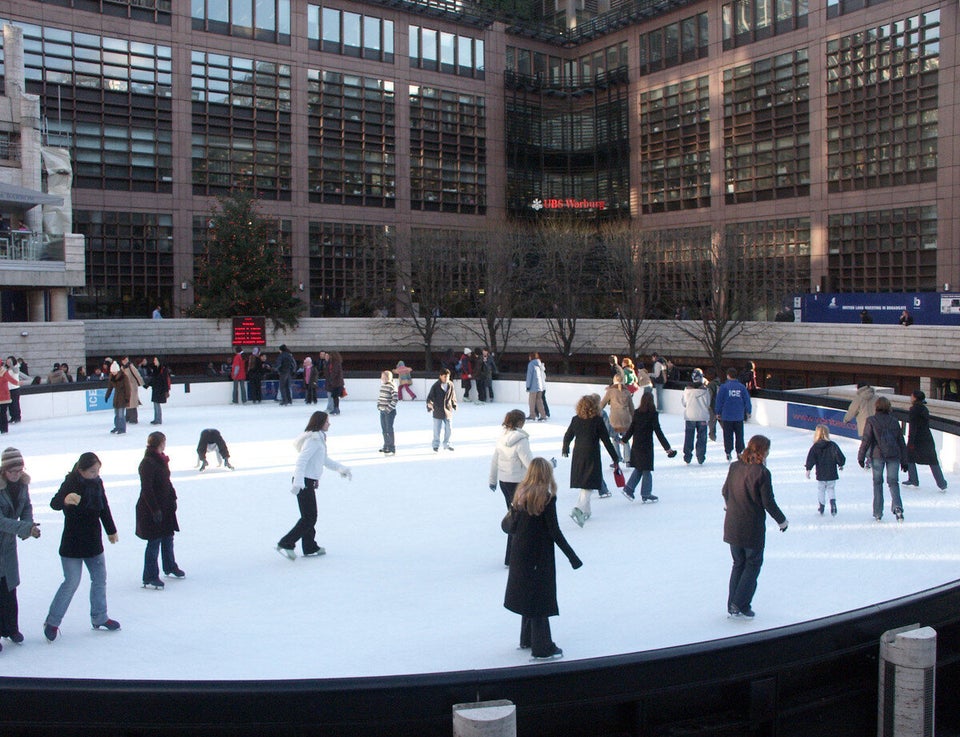
With sharp skates, slippery ice and physical contact in the mix, it’s no wonder that ice hockey is one of the leading causes of kids’ winter sports injuries. Whether kids are playing in a professionally managed indoor arena or a makeshift backyard ice rink, the game is rife with potential bumps and bruises.
But that doesn’t mean you need to shelter your aspiring Sidney Crosbys and Hayley Wickenheisers from enjoying Canada’s national pastime. Taking ice rink safety practices seriously can significantly cut down on common pitfalls ranging from broken limbs to frostbitten toes.
Read on for a list of ice rink safety DOs and DON’Ts that can keep your kids on the ice – and out of the emergency room. Slideshow text follows for mobile readers.
We want to hear your tips for staying safe on and off the ice!
Share a safety tip or trick in our Healthy Competition contest for a chance to win! Contest closes February 28, 2013.
1. DO maintain clearly defined rink-edges on an outdoor ice rink, advises The Backyard Ice Rink. This prevents skaters from slipping on unexpected icy patches surrounding the rink when they’re travelling to and from the venue.
2. DON’T allow body checking, which can be particularly dangerous on ice because of the skates, goal posts and boards in the mix. According to Mom’s Team , this kind of aggressive contact is responsible for 46 per cent of all minor injuries in ice hockey, and 75 per cent of major injuries. Body checking injuries are especially likely if someone is slammed into a goal post or up against the boards.
3. DO patch chips or holes on the rink so players don’t trip. If you’re at an indoor arena, advise one of the staff about any blemishes in the ice immediately. If you’re at an outdoor rink, flood and smooth out the uneven patches as soon as possible. If the ridge is particularly deep and it’s not possible to smooth it out right away, cover it with a brightly coloured pylon to help players avoid it.
4. DON’T let your kids wear ill-fitting skates. In addition to falls and blisters, they could also lead to frostbite on cold ice rinks, warns HealthyChildren.org. Be sure your kids try skates on while wearing the heavy winter socks they’ll be playing in so you don’t inadvertently buy skates that are too tight.
5. DO immediately clear debris off the ice, advises the City of Edmonton in its Ice Arena Guidelines. Whether it’s garbage or remnants of a broken hockey stick, any extra material on the ice could prove to be hazardous to skaters whizzing by.
6. DON’T keep any extension cords that may be required for your floodlights on the ground, suggests The Backyard Ice Rink . If players don’t see them, they may become tripping hazards — or the players’ skates could even slice through the cords.
7. DO encourage your kids to learn how to fall properly to avoid injuries, recommends the Children’s Hospital of Pittsburgh. They should practice falling in a way that protects their limbs and, most importantly, their heads.
Learn How To Stay Safe and Fun with Chevrolet.
